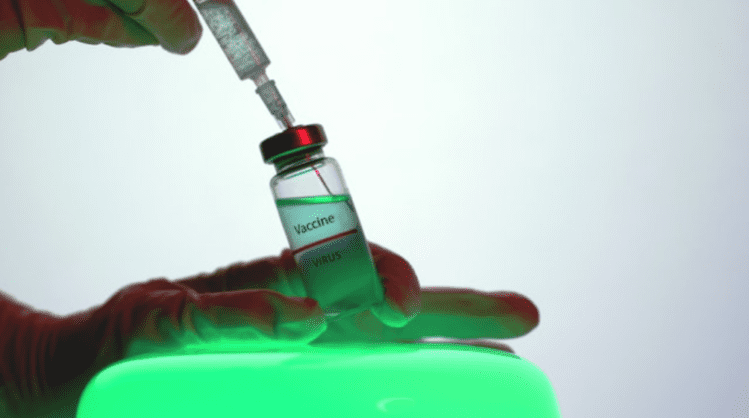
How the Vaccine Development Process Works
Posted on December 8, 2020
Since development in the late 1700’s, the use of vaccines has been profoundly beneficial in reducing or eliminating the spread of viral diseases. Thanks to this ‘miracle of modern science’, infectious diseases such as smallpox and polio have been effectively halted in their tracks.
Fast forward to 2020, as the world awaits a life-saving vaccine for the COVID-19 contagion. For younger generations, this is the first time they’ve ever had to experience the anticipation of such a ‘miracle’, nor understand how much impact it could have on their everyday lives.
Recent headlines have brought positive news on the vaccine front, with successful clinical trials providing a glimmer of hope on the coronavirus horizon. Scientists and medical experts from around the world have dedicated countless hours and expertise to developing a potential solution for the spread of this virus, the ultimate results of which remain to be seen.
While you may have heard about the global efforts to develop an effective COVID-19 vaccine, many people don’t exactly know how vaccines are made, or what steps are taken as part of the vaccination approval process.
Here’s a general overview of how the vaccine development process:
- The development of a vaccine typically begins with a small amount of a specific virus, which is then grown in cells such as chicken embryos or repeating cell lines. This process generally required years of laboratory research and testing before being introduced in humans.
- The resulting vaccine contains the same germs that cause the disease, except weakened to the point where they are no longer harmful to the human body. This weakening of the viral germs may be accomplished by using only a small part of the virus, inhibiting the virus’ toxins, or changing the virus’ ‘blueprint’ so that it replicates poorly, (or not at all.)
- Once a vaccine is shown to be viable and considered safe to proceed further, clinical trials may be performed on human volunteers, usually in 3 or more phases, to determine efficacy, appropriate dosage and presence of any adverse side effects.
- By inserting the vaccine into the body by means of inoculation, the body’s immune response is triggered, which stimulates the production of antibodies. As a result, a person may develop a sufficient level of immunity to the disease without having to get the disease itself.
- The clinical trial processes may take several years to complete, with the final phase typically involving many thousands of volunteers. (Some vaccines are exceptions to this rule, such as the flu vaccine, which must be developed on an annual basis to account for ongoing changes in flu virus.)
- Once approved, a vaccine continues to be closely monitored by an agency such as the Food & Drug Administration, in order to track and analyze ongoing results of vaccine distribution.
Want to learn more about vaccine development and testing? Visit the Center for Disease Control Vaccines & Immunizations page for more information.
Pain Relief Isn’t Only About Treatments
At Riverside Pain Physicians, our mission is not only to help patients find relief from chronic pain, but also to help educate the community about topics related to good health and well-being.
When you consult with our expert pain physicians, we will work with you to thoroughly address your chronic pain symptoms, and to provide you with additional information for overall improvement in your everyday quality of living.
If you’re living with chronic pain, know that we will work to help minimize your pain and thoroughly respond to any questions you may have about how lifestyle habits affect your condition. Simply call Riverside Pain Physicians today at 904.389.1010 or visit www.riversidepainphysicians.com to set up a consultation online.
Tags: Chronic Pain, Chronic Pain Treatment Jacksonville, Vaccine Development